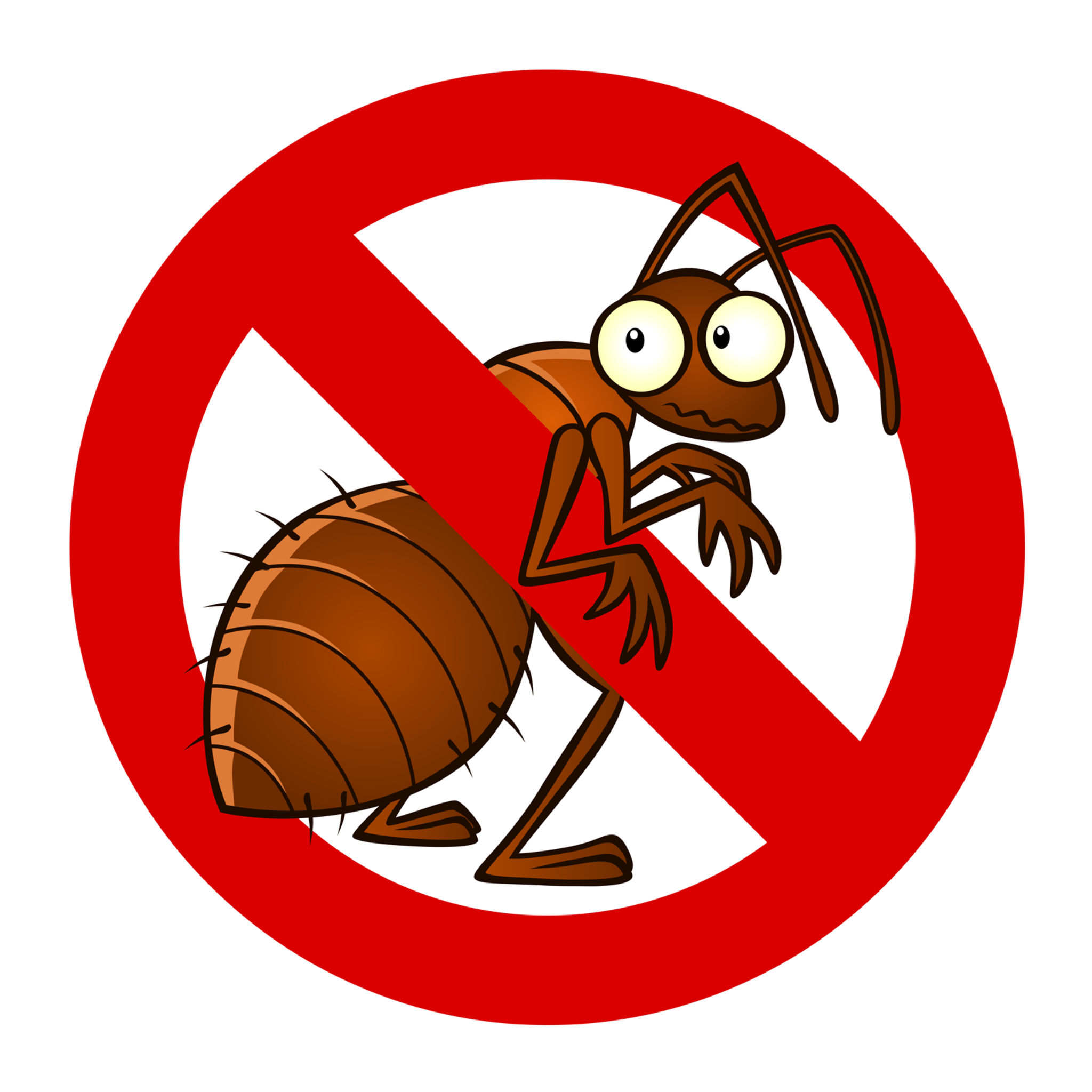A1 Pest Control Charlotte NC Bed Bugs - Professional Extermination Services
A1 Pest Control Charlotte NC Bed Bugs - Professional Extermination Services
Blog Article
Bed Insect Treatment Failure: Comparing Chemical Vs. Non-Chemical Solutions
In the world of parasite control, particularly when managing the relentless problem of bed insects, the choice in between chemical and non-chemical therapy remedies can be a critical one. Both methods offer distinctive benefits and disadvantages, influencing variables such as efficiency, safety factors to consider, and total expense. By examining the nuanced information of each technique, a clearer understanding of which course to pursue in addressing a bed bug infestation can be acquired.
Performance of Chemical Therapies
Chemical treatments for bed insect problems have actually been extensively recognized for their fast and potent efficiency in eradicating these pests. When thinking about the efficiency of chemical treatments, it is critical to recognize that they can give a complete and fast option to a bed insect problem. Professional exterminators frequently rely on insecticides to target bed pests at various stages of their life cycle, consisting of nymphs, adults, and eggs. These chemicals generally work by disrupting the bed pests' worried system, resulting in paralysis and ultimate fatality.
Additionally, chemical therapies have the benefit of supplying recurring effects, suggesting that they can remain to remove bed pests also after the initial application. This residual activity is especially advantageous in combating any type of prospective re-infestations. Furthermore, the quick action of chemical therapies can bring alleviation to individuals dealing with severe bed bug invasions, enabling them to restore control of their living rooms quickly.
Security Problems With Chemical Solutions
When using chemical options for bed bug therapy is making sure the safety and security of passengers and the atmosphere,One critical facet that calls for careful consideration. While chemical therapies can be reliable in getting rid of bed pests, they may present risks otherwise taken care of properly. One of the primary safety and security problems with chemical remedies is the potential harm they can create to human health and wellness. Exposure to particular chemicals used in bed bug therapies can bring about breathing issues, skin irritability, or various other damaging reactions, specifically in individuals with pre-existing problems or sensitivities. Furthermore, inappropriate application or dose of chemical pesticides can cause poisonous residues remaining in the cured location, posturing long-term wellness risks to passengers.
In addition, the environmental effect of chemical remedies is an additional considerable factor to consider. Some pesticides utilized in bed insect therapies may be hazardous to beneficial bugs, wildlife, and ecosystems if they leach right into the dirt or water systems. It is essential to make use of chemical therapies sensibly, complying with safety and security standards, and thinking about less toxic alternatives to minimize these risks and guarantee the effective and secure monitoring of bed pest infestations.
Benefits of Non-Chemical Strategies
Thinking about the potential safety and security worries and environmental influence connected with chemical services for bed pest treatment, exploring non-chemical approaches offers an appealing choice with a number of unique find advantages. Non-chemical treatments are eco friendly, as they do not add to air or water contamination, making them a sustainable option for pest control.
Additionally, non-chemical options can be reliable in targeting bed pests, including hard-to-reach locations where chemical treatments may not penetrate - A1 exterminator charlotte nc. Methods such as heat treatment, vacuuming, heavy steam cleaning, and mattress encasements provide thorough obliteration without the usage of unsafe chemicals.
Limitations of Non-Chemical Treatments

Additionally, non-chemical therapies usually need numerous applications to achieve successful obliteration. This can be lengthy and may not always ensure total elimination of all bed bugs and their eggs, specifically in hard-to-reach or surprise places.
Additionally, the success of non-chemical therapies greatly counts on proper application and thoroughness, which can be challenging for people without professional knowledge. Inadequate application of non-chemical techniques might result in incomplete removal, bring about persistent infestations and the need for added therapies.
Therefore, while non-chemical therapies have their benefits, it is vital to recognize these constraints and consider them when establishing one of the most reliable method for handling bed pest invasions.
Expense Comparison: Chemical Vs. Non-Chemical Options
Given the constraints related to non-chemical treatments, a vital facet to examine in the context of bed pest administration is the expense comparison between chemical and non-chemical options. Chemical therapies usually entail the application of pesticides by specialists, which can range from $250 to $900 per space, depending on the severity whats pest control of the invasion and the size of the location to be dealt with. In contrast, non-chemical treatments like warm treatment or heavy steam can be a lot more costly, with costs varying from $1,000 to $6,000 for a whole home. While the initial price of chemical treatments may seem lower, numerous therapies might be called for to completely eliminate the problem, possibly raising the general price. On the various other hand, non-chemical options may provide an extra green and lasting option, although they can be cost-prohibitive for some people. Eventually, when considering the price of bed insect treatment choices, it is necessary to evaluate the upfront expenditures against the efficiency and long-term sustainability of the chosen method.
Final Thought

Thinking about the potential safety and security problems and environmental impact connected with chemical options for bed pest treatment, discovering non-chemical approaches offers an encouraging choice with a number of distinct benefits.Given the limitations connected with non-chemical therapies, a crucial facet to review in the context of bed pest administration is the expense comparison between chemical and non-chemical choices. In contrast, non-chemical treatments like heat treatment or heavy steam can be a lot more costly, with expenses ranging from $1,000 to $6,000 for a whole home. While the first price of chemical therapies might appear lower, several treatments might be needed to totally remove the invasion, possibly raising the total expense.In final thought, when comparing chemical and non-chemical bed insect treatment choices, it is necessary to consider effectiveness, security, advantages, limitations, and cost.
Report this page